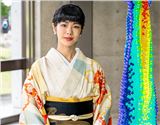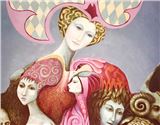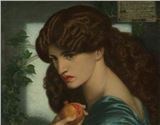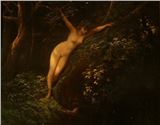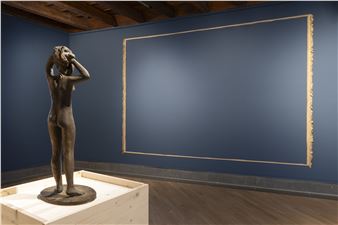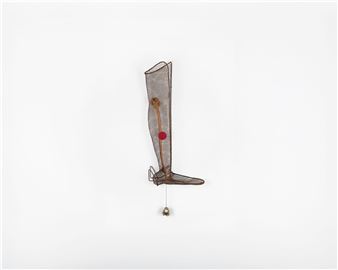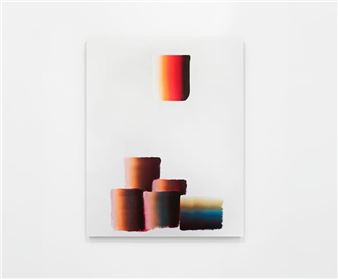Conversation Pieces
In the history of art, the English term “conversation piece” refers to a genre of painting depicting a group portrait in an informal setting, with an intimate character, which developed especially in 18th-century England. The term “conversation painting” may also be used.
Conversation pieces differ from other group representations that obey the rules of portraiture. A conversation is clearly taking place in the painting, usually as part of the daily life of the group depicted, belonging to bourgeois society. Typically, the group is made up of siblings or members of the same family, but friends may also be present, as well as servants. The setting favors interior scenes, but also evolves towards local landscaped environments (garden, park).
Most of the time, these are medium-sized paintings, corresponding to that of a half-body portrait, but in a so-called “landscape” or “Italian” format.
Conversation is a name derived from the Italian phrase sacra conversaziГіne, translated into English as sacred conversation: a type of religious painting, it depicts the Virgin Mary in majesty, holding the infant Jesus, but surrounded by figures (saints, donor), a genre that flourished during the Renaissance and was part of the humanist spirit.
The genre first evolved in the Netherlands from the 17th century onwards, in a secular manner, where numerous group portraits were executed. Two types of groups can be distinguished: family or collegiate, in which case the grouping represents a gathering of people with a common function or activity. Frans Hals, Rembrandt and other artists of the period composed such scenes, using a variety of poses: glances towards the viewer (or the painter), playful or joyful details to brighten up the whole and make it familiar, close, immediate and spontaneous. The most famous example is Rembrandt’s Night Watch.
For this new exhibition, we therefore enjoyed creating conversations between the works, creating formal, technical, thematic or more dreamlike and light-hearted connections.

Recommended for you
In the history of art, the English term “conversation piece” refers to a genre of painting depicting a group portrait in an informal setting, with an intimate character, which developed especially in 18th-century England. The term “conversation painting” may also be used.
Conversation pieces differ from other group representations that obey the rules of portraiture. A conversation is clearly taking place in the painting, usually as part of the daily life of the group depicted, belonging to bourgeois society. Typically, the group is made up of siblings or members of the same family, but friends may also be present, as well as servants. The setting favors interior scenes, but also evolves towards local landscaped environments (garden, park).
Most of the time, these are medium-sized paintings, corresponding to that of a half-body portrait, but in a so-called “landscape” or “Italian” format.
Conversation is a name derived from the Italian phrase sacra conversaziГіne, translated into English as sacred conversation: a type of religious painting, it depicts the Virgin Mary in majesty, holding the infant Jesus, but surrounded by figures (saints, donor), a genre that flourished during the Renaissance and was part of the humanist spirit.
The genre first evolved in the Netherlands from the 17th century onwards, in a secular manner, where numerous group portraits were executed. Two types of groups can be distinguished: family or collegiate, in which case the grouping represents a gathering of people with a common function or activity. Frans Hals, Rembrandt and other artists of the period composed such scenes, using a variety of poses: glances towards the viewer (or the painter), playful or joyful details to brighten up the whole and make it familiar, close, immediate and spontaneous. The most famous example is Rembrandt’s Night Watch.
For this new exhibition, we therefore enjoyed creating conversations between the works, creating formal, technical, thematic or more dreamlike and light-hearted connections.
Artists on show
- Alain Bublex
- Alain G. F. Jacquet
- Claude Gilli
- Emanuel Proweller
- Erik Dietman
- Eulália Grau
- Evelyn Axell
- Henrique Oliveira
- John De Andrea
- Julien Bismuth
- Keith Tyson
- Louise Nevelson
- Martin Kersels
- Niki de Saint Phalle
- Paul Kos
- Peter Stämpfli
- Peybak
- Pierre Seinturier
- Pilar Albarracín
- Raymond Hains
- Richard Jackson
- Robert Cottingham
- Tomi Ungerer
- Zhenya Machneva

 ARTISTS
ARTISTS
